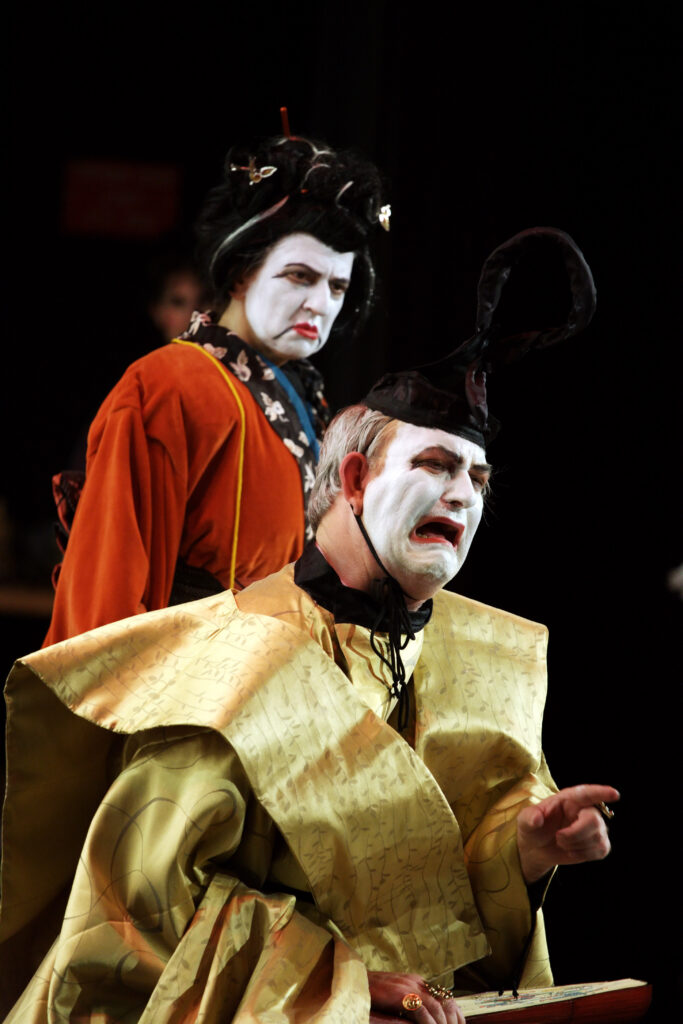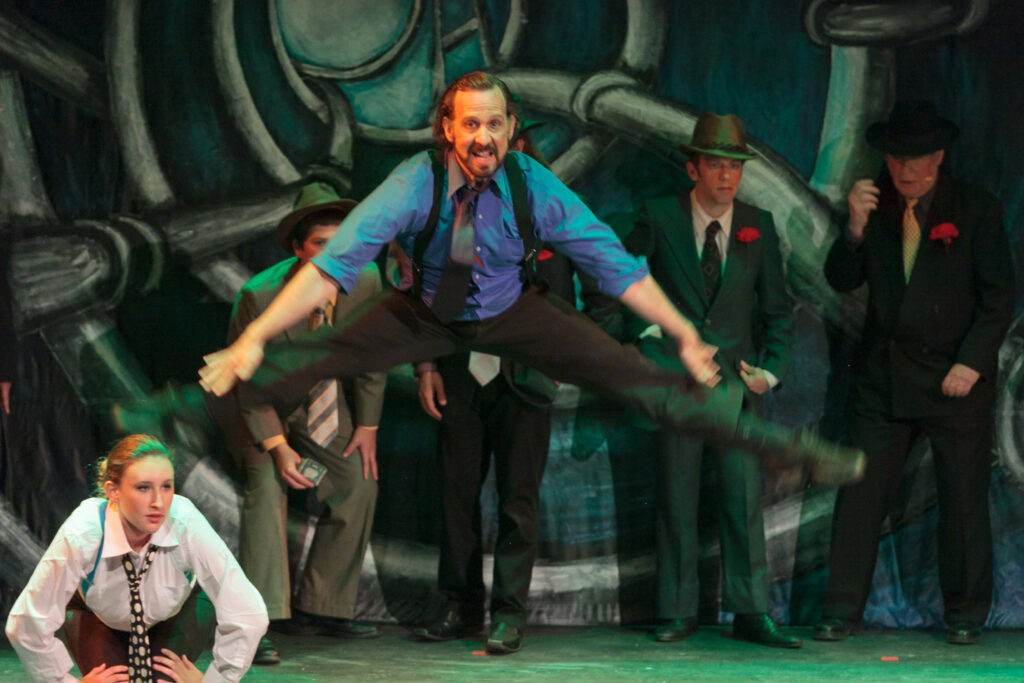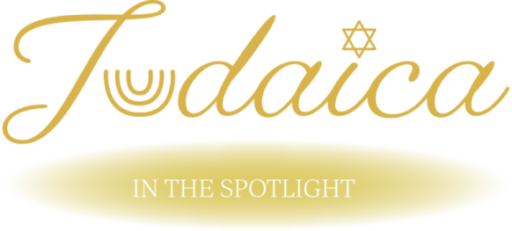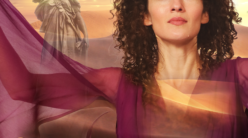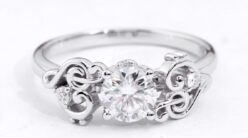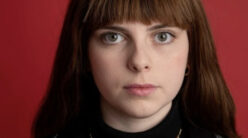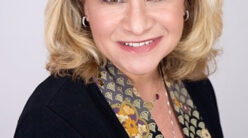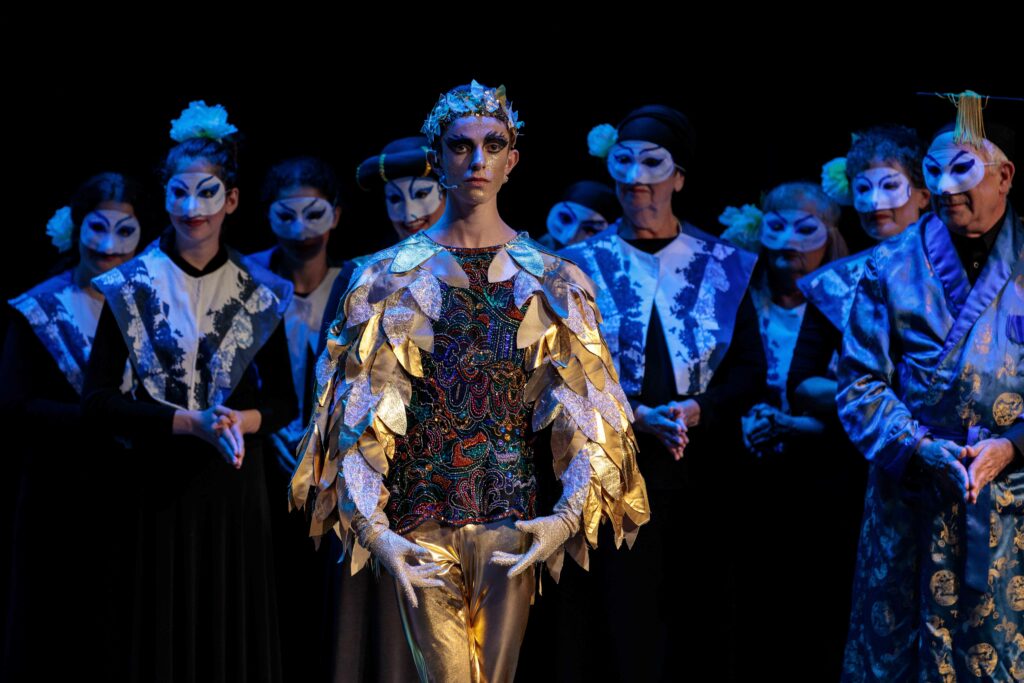
Born in 1951. Brought up in Southern California. Studied photography in junior high and high school. Earned a BA in Political Science from the University of California at Santa Barbara in 1972. Made Aliyah in 1973. Lived on kibbutz for five years. Left the kibbutz and earned a law degree from the Hebrew University of Jerusalem in 1982. Began work as an attorney in private practice in 1983. From 1989 until retirement in 2018 served as an attorney in Israeli civil service. Active in English language community theatre in Jerusalem from 1998 till today. Actively photographing theatre productions since 2008.
Tell us a little bit about yourself and your background.
My uncle gave me a simple box camera when I was seven years old and lit my passion for photography. In a junior high school shop class, I learned how to use a 35mm camera and how to develop film and print photos. Around the same time, my parents helped me buy my own darkroom equipment for our home. In high school, I studied photography for two years in an elective course, where we learned the fundamentals of photography and gained practical experience in studio work, portraiture, sports photography and darkroom skills. In my third year of high school I left that program to join the student yearbook staff as a photojournalist. At university I studied for a B.A., while at the same time kept alive my love of photography through a photography club, photo exhibitions and competitions. In 1973 began life in Israel on a kibbutz that had a small darkroom that allowed me to document much of my five years there. I left kibbutz to earn a law degree at the Hebrew University and went on to work as an attorney for the next 35 years. I never stopped taking pictures, primarily of the kids and family. However, there was a limit to what I could do, lacking space for a darkroom. That changed when digital cameras came on the scene, along with computer software that replicated the darkroom. This happened at the same time I was deeply involved in community theatre.
How did you develop an interest in theatre photography?
I got the bug for community theatre in 1998 when a friend mentioned open auditions for the Jerusalem English Speaking Theater (JEST) production of Annie. I auditioned, and the director, Leah Stoller, gave me three different roles – igniting a love for performing in community theatre. JEST eventually added me to its board to oversee legal aspects of running the non-profit (an “Amutah”), and I continued to perform as well as work back stage in its productions. Robert Binder, the head of the Jerusalem Gilbert and Sullivan Society, then joined the board of JEST, allowing him to mount fully staged productions of Gilbert and Sullivan operas. I had roles in the chorus for the first two productions: The Mikado (2003) and The Pirates of Penzance (2004). But the talent eagerly joining Rob’s magnificent productions outstripped my meagre acting and singing talents. By the third Gilbert and Sullivan opera, Iolanthe (2005), I was relegated to a minor non-singing role – as a Victorian photographer shooting photos of the members of Parliament as they paraded by on stage. By that time, I had purchased my first digital point-and-shoot camera, and during my down-time in the wings, I toyed with photographing the action on stage. I shared the results with Rob, and he loved them and encouraged me to do more. I quickly became aware of the limitations of the point-and-shoot digital cameras of that time and purchased the first non-professional digital single lens reflex camera (DSLR) offered by Canon as soon as I could.
In 2008 I photographed with my new camera, Rob’s gorgeous production of The Yeomen of the Guard, produced by the Encore! Educational Theatre Company (formed after Rob’s departure from JEST). I continued photographing shows, with newer and more professional photography equipment, produced both by Encore! and by JEST, including: The Winslow Boy (produced by JEST, directed by Leah Stoller); Peter Pan (produced by JEST, directed by Liel Zhavi-Asa); A Thousand Clowns (produced by JEST, directed by Artie Fischer); The Matchmaker (produced by JEST, directed by Erika Hughes); Another Antigone (produced by JEST, directed by Leah Stoller); The Wizard of Oz (produced by Encore!, directed by Robert Binder). I also photographed shows that I performed in: the dress rehearsal of The Diary of Anne Frank (produced by JEST, directed by Chuck King); and Korczak’s Children (produced by JEST, directed by Leah Stoller), in which I had a role only towards the end of the play. In many instances I not only photographed the shows, but also took head shots and publicity photos prior to the performances. Except for The Diary of Anne Frank, I shot all shows live.
I must add that all of this I have done as a non-professional photographer, taking no money for my work, as a member of the staff/crew of the productions.
What equipment do you prefer to use?
For shooting shows, I use a Canon 5D Mk IV with a Canon EF 70-200mm f/2.8L IS zoom telephoto. For cast photos and backstage photos I use the same camera but with a Canon EF 24-70mm f/2.8L zoom lens. For publicity photos, I’ll use the same camera with a Canon EF 85 f/1.4L IS lens. For photo editing, I use Adobe Lightroom. My books are made using Blurb software – and the books are printed on demand by Blurb.
What do you enjoy most about theatre photography?
Theatre photography takes place in a unique setting: actors on stage in makeup and costumes; choreography; sets; and dramatic lighting. These elements provide a rich canvas for the creation of photographs that can be transformative in their quality. By “transformative” I mean photos that are not mere snapshots or recordings of the action on the stage, but images that transform the action on the stage into new creations that stand on their own merits due to their beauty or interest or both. Besides this creative possibility, I derive great satisfaction in playing a role (even if offstage) in show business, especially with Encore!, with its core of highly talented and devoted cast and crew. For me, there is an additional perk – my wife Susan Lazinger is Encore!’s “makeup mistress”, and we enjoy working on the shows together as part of the Encore! community.
What was your favourite project to date?
There are so many it’s hard to pick. Some of my favourites include (in no particular order: The Yeomen of the Guard, Fiddler on the Roof, The Wonderful Wizard of Oz, Oliver, My Fair Lady, Ruddigore, The Mikado, Guys and Dolls, Carousel, Annie Get Your Gun, and most recently, The King and I. Often, it’s the latest show to get me most excited.
How do you decide which shots to take? Do you read the script beforehand?
Some of the shows I’m familiar with. But I’ll attend some rehearsals and will beginning shooting the show with the tech or dress rehearsal. I shoot several shows in a systematic manner. My goal is to balance between simply documenting the show and creating memorable images that transcend being snapshots of the action on stage. When I shoot, I have to keep in mind several audiences for the photos: the director (who will want more or less complete coverage of the action on stage from beginning to end, highlighting sets, costumes and lighting along with the actors); the set designer (Roxane Goodkin-Levy is Encore!’s talented artist and set designer, and photos of the show must also highlight her gorgeous sets); my wife Susan, the “makeup mistress” (so she can enjoy the results of the makeup on stage); the cast and crew (who want to see themselves on stage or back stage); and myself.
Do you shoot during a final dress rehearsal or an actual production?
I shoot during the dress rehearsal and during the actual production. I will shoot several performances, from different angles, including shooting from the wings. Some of my most memorable photos are those shot from the wings – the same vantage point that started me off photographing the shows back then with Iolanthe.
Do you work with an assistant photographer?
No, I like to work by myself. Since I photograph more than one show, I personally learn the quirks of each production, the little details that one might miss the first time around. My sense of what I want to cover is mine alone. I don’t feel comfortable sharing this with anyone else.
What are some of the biggest challenges shooting for theatre?
The biggest challenge in shooting theatre productions today involves stage lighting. At the Hirsch Theatre in Jerusalem (and I believe this may be true in other theatres), much use is made of LED lights located above the stage for lighting the backdrop or scenes upstage. This while the main action is lit by incandescent lighting coming from lights over the audience. The LED lighting has a cool (blue) colour temperature – while the incandescent lighting has a warm (red) colour temperature. The human eye, while viewing a show, adjusts to this disparity. But a camera doesn’t. When editing an image from a show with such disparate lighting, one must adjust colour temperature accordingly. If one adjusts for the LED’s, then the objects lit by the incandescent lighting will be too blue. And vice versa. With photo editing software one can try to compensate, but this can be time consuming and the results in my experience are not always satisfactory. I liked the good ole days when everything was lit with incandescent lighting allowing for a richer and more fulfilling pallet of colour in the images.
Another challenge is to produce images in which the actors blend into the set in a manner that makes one feel that they are not on a stage. This is part of the same challenge of not simply producing snap-shots of the action on the stage.
And then there is the challenge of getting as much as possible to please all of my audiences. The most demanding among them is our Encore!’s set designer. I enjoy reviewing with her before a show the details of the set design, especially the elements that she wishes to have preserved in photographs.
A final challenge is producing the book of photographs. Here I must integrate the best of my images into a cohesive narrative of limited size. I love this challenge immensely because the end result is also transformative – the book is a new entity that is greater than the sum of its individual photographic parts.
What advice would you give an aspiring theatre photographer?Begin by acting on stage or working as a crew member to understand what goes into a production, to get street cred and to earn the trust of the theatre company you are working with. Invest in professional equipment and a photo editing program that are fitting for the task at hand. Spend hours upon hours winnowing out the less successful of the photographs (at least half of them!) and editing the best of the crop. Share results quickly with the director, cast and crew. Back up and preserve the photographs in a manner that protects them and allows easy access to past shows.
Where can we find your work and how can our readers book you?
As noted above, I am not a professional photographer, though I feel that my work is professional in quality. My photographs can be viewed online via my Flickr account. My books of photographs can found on Blurb. I am not available for bookings.
